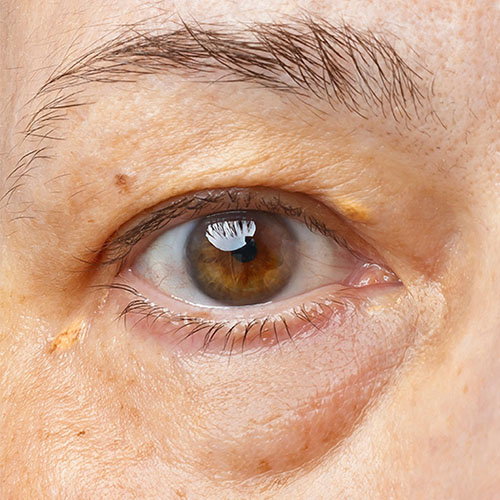
Droopy Eyelids / Excess Skin
Droopy eyelids, known as Ptosis, occur when the upper eyelids sag to the extent that they obstruct the pupil and impact peripheral vision.
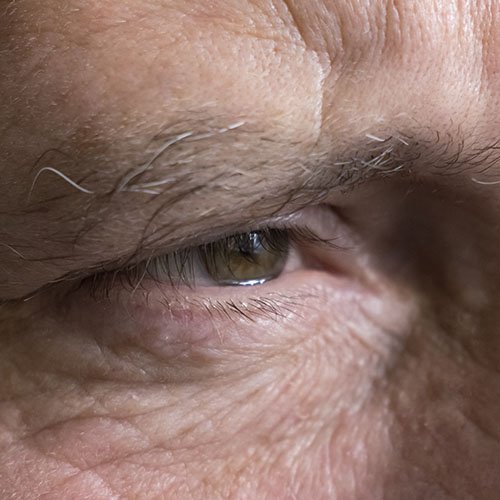
Eye Removal
Enucleation involves the complete removal of the entire eye and is a necessary procedure for patients diagnosed with or suspected of having intraocular tumors.
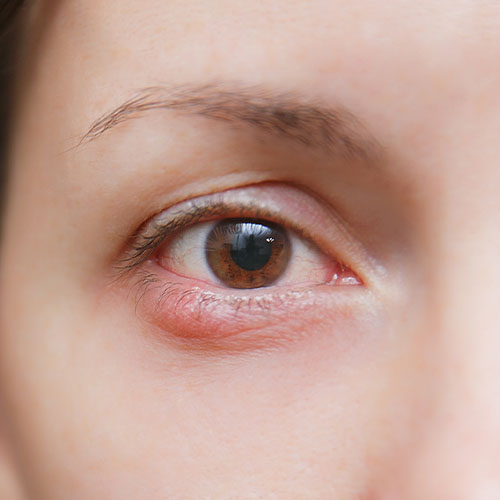
Eyelid Lumps and Bumps
It is common for benign lumps and bumps to gradually appear more frequently as a person ages.
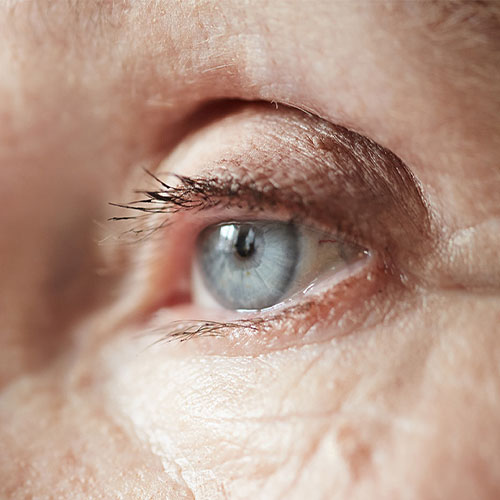
Eyelid Reconstruction
Eyelid tissue may need to be removed due to tumor clearance or unforeseen trauma. Regardless of the cause of tissue loss, it is crucial that eyelid reconstruction is carried out by an oculoplastic surgeon with expertise in surgical anatomy and reconstructive techniques.
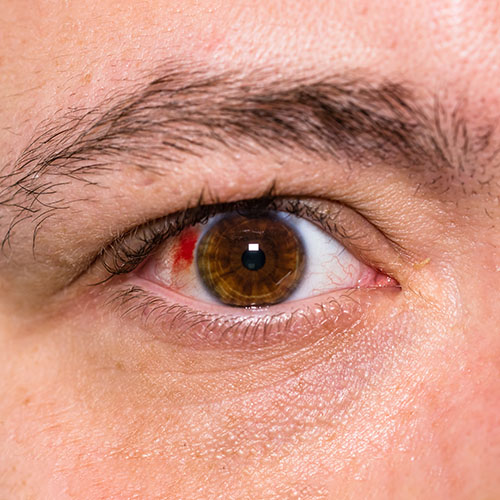
Eyelid, Tear Duct, or Orbit Trauma
Orbital trauma is the term used to describe injuries to the eye socket or the adjacent tissues caused by various factors. This trauma can encompass injuries to the orbit (the pear-shaped bones encasing the eye), facial bones, or the tissues surrounding the eye.
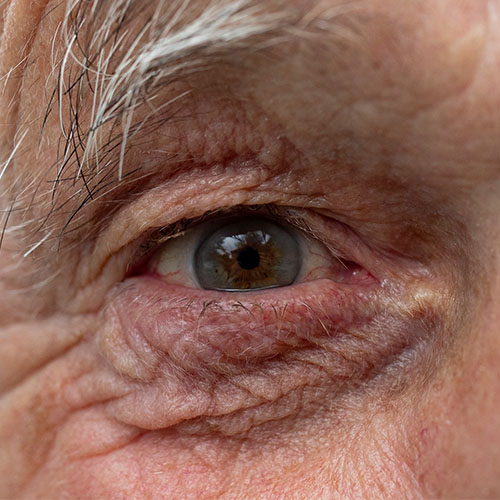
Eyelids Turning In and Out
Entropion, which is the inward turning of the lower eyelid, can lead to eyelashes irritating the surface of the eye, resulting in discomfort. This occurs when the eyelid and the eyelashes make contact with the eye.
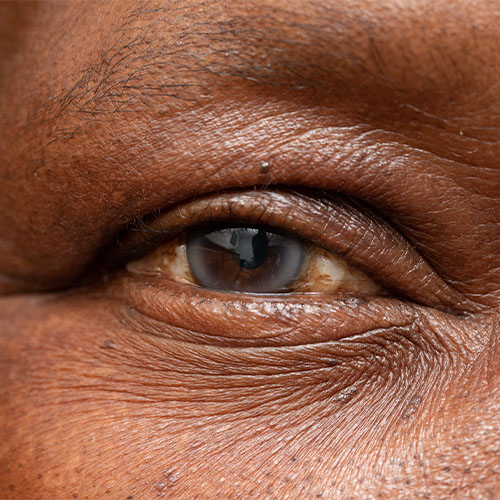
Socket / Orbital Disorders
Orbital surgery might be required for a range of reasons, including injuries, tumors, cancers, inflammation, infections, prior surgeries, or abnormal eye or eye socket development. Additionally, orbital surgery may become necessary to address the inflammation and damage to orbital tissues resulting from Graves’ thyroid eye disease.
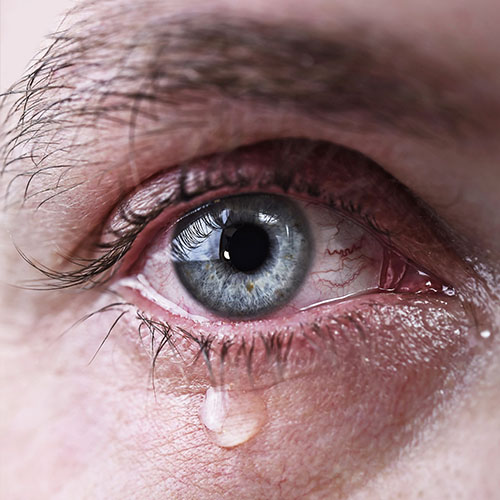
Tearing / Watery Eyes / Tear Ducts
Patients experiencing watery eyes and tearing are often referred to an oculoplastic surgeon. Tearing symptoms can vary, ranging from mild, occasional watering to persistent, excessive tearing.

Thyroid Eye Disease
While no thyroid gland is within the eye or the orbit, thyroid disease can significantly impact the eye. Various thyroid conditions can give rise to orbital issues, with Graves’ Disease being the most prevalent.
